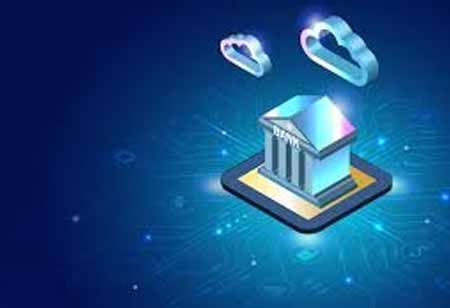THANK YOU FOR SUBSCRIBING

By
Banking CIO Outlook | Friday, January 10, 2025
Stay ahead of the industry with exclusive feature stories on the top companies, expert insights and the latest news delivered straight to your inbox. Subscribe today.
A crucial component of efficient money management is comprehending the distinctions between credit and charge cards. Despite their seeming similarities, these two financial tools have some significant differences that may impact how you manage your finances.
Fremont, CA: A crucial component of efficient money management is comprehending the distinctions between credit and charge cards. Despite their seeming similarities, these two financial tools have some significant differences that may impact how you manage your finances. This article explores the key features and differences between a charge and credit cards.
Charge Cards
Unlike debit and credit cards, charge cards are a particular financial instrument. Here are the top five features of a charge card:
No Present Spending Limit
Charge cards usually do not have a predetermined spending limit, in contrast to credit cards that do. Your financial situation and payment history are among the variables that affect your purchasing power.
Pay-in-Full Requirement
The requirement to pay off the whole sum each month is one of the critical features of a charge card. This implies that no unpaid amounts may be carried over to the subsequent payment period.
No Interest Charges
No interest may accumulate since you must pay off the monthly sum. In contrast, credit cards can charge interest on any unused balance.
Monthly Payment Responsibility
It's critical to remember that having a charge card signifies a clear commitment to pay off your balance in full each month. If this deadline is missed, the card may be suspended or subject to fines.
Not Ideal for Financing
Due to the charge card's demand for a minimum monthly payment, it might not be the best option to spread out the cost of a large purchase over several months.
Credit Cards
Credit cards are a typical financial tool used often for online and offline purchases. Here are the top five features of a credit card:
Predefined Credit Limit
Credit cards have a predetermined spending limit based on parameters like your credit scores, income, and payment history. This cap establishes the maximum amount users can charge to the card without paying.
Payment Flexibility
Credit cards, instead of charge cards, let customers make minimal monthly payments and carry the balance forward. This offers some flexibility, especially for people who cannot pay the whole debt simultaneously.
Interest Charges
The interest is the main restriction on this payment flexibility. Interest charges are applied to any sum not paid in entirely by the due date; these costs can add up rapidly if only minimal payments are made.
Rewards and Benefits
Many credit cards provide incentives like cashback, purchase points, or travel advantages. If the card is appropriately used, these benefits add value.
Protection and Security
Numerous credit cards have fraud protection, enabling customers to report fraudulent transactions. Cardholders may benefit from an additional degree of security with this functionality.
THANK YOU FOR SUBSCRIBING
Be first to read the latest tech news, Industry Leader's Insights, and CIO interviews of medium and large enterprises exclusively from Banking CIO Outlook
I agree We use cookies on this website to enhance your user experience. By clicking any link on this page you are giving your consent for us to set cookies. More info



